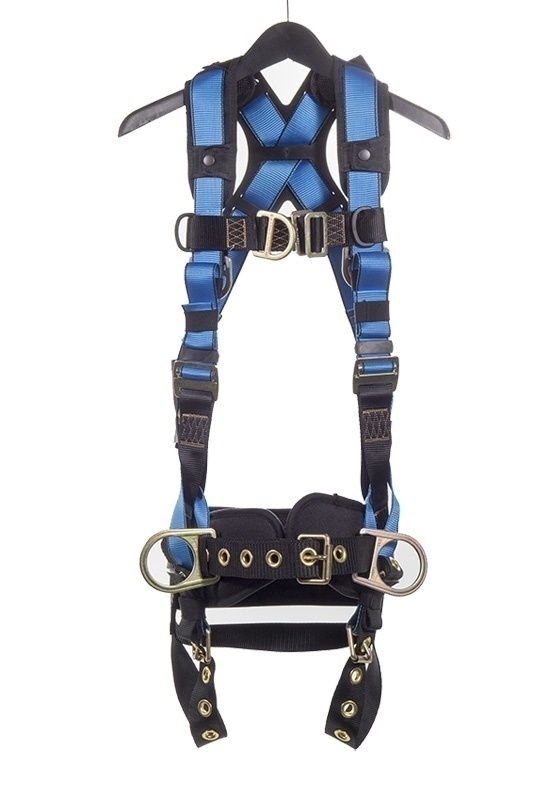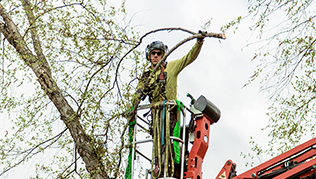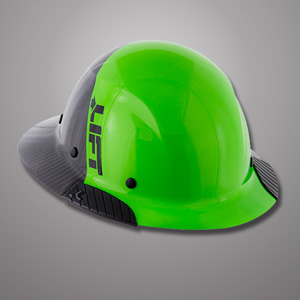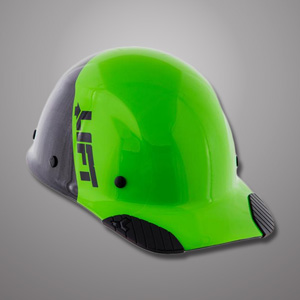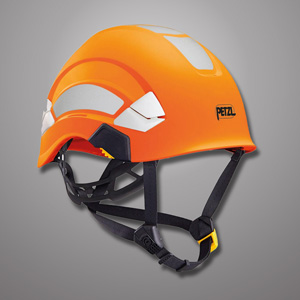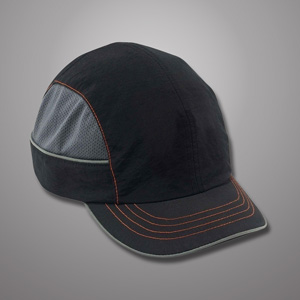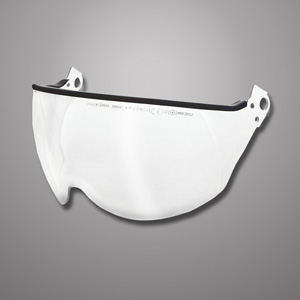YOU HAVE NO ITEMS IN YOUR CART.
Featured Brands
Head Protection
Head Protection
Protecting your skull is an important part of job safety. It’s no secret that working in at-height, industry, and construction involves a wide variety of hazards on a job site at any given moment. That’s why being proactive about head protection should be a priority for everyone. Our comprehensive selection of head protection equipment includes climbing helmets, hard hats, bump caps, and a whole slew of accessories.
Accessories:
Our head protection accessory collection is extremely diverse. No matter what you are looking for, we’ve got a solution to help you stay safe and get the job done. Our head protection accessories includes hard hat/helmet tethers, reflective strips for added low light visibility, clips for extensions, extensions like face shields, clips for visors and headlamps, headlamps, foam inserts, sweatbands, replacement suspension, sun protectors, ear muffs, chin straps, winter inserts, cooling towels, and more.
Bump Caps:
A bump cap is a lower caliber form of head protection. Unlike hard hats and helmets, bump caps do not go through any ANSI testing. That means they do not meet ANSI Standards and SHOULD NOT be used in situations where ANSI rated gear is required or recommended. Bump caps do serve an important purpose, though. They are great at providing basic head protection. Bump caps resemble a ball cap. The only difference is that they have a layer of protection added to the portion of the cap that sits on top of your head.
This protective layer is great for minor head bumps and abrasions. Our selection of bump caps from brands like JSP and Ergodyne come in a range of colors and styles. We also have a varied selection of bill lengths and caps that come with headlamps built in.
Climbing & Rescue Helmets:
When choosing your helmet for your climbing gear setup you should consider a range of factors. The best helmet choices will include helmets that are designed for working in vertical positions that feature a four-point chin strap. Other features to look for are electrical insulation, adjustable inserts, sweatbands, and ear muff slots.
Types of Helmets: There are two types of helmets (type 1 and type 2) classified by ANSI Z89.1-2014 for different levels of protection. Type 1 helmets are designed to only take a blow directly to the top of the head. Type 2 helmets have been designed to reduce forces from lateral impact such as an off-center and/or side impact, in addition to top impacts. These helmets have visible padding on the sides.
Helmet Classes: There are 3 classes (C, E, & G) that specify electrical protection. Class C helmets are considered conductive and do not provide any electrical protection, these are typically vented and only protect workers from impact. Class E hard hats offer protection from high voltage conductors up to 20,000 volts, and cannot have any vents in the design. Lastly, Class G offers protection from low voltage conductors up to 2,200 volts, they must also be free of holes for ventilation.
Service Life: Helmets are not designed to last forever. Service life begins from the time it is put into service and that date should be properly labeled and documented. The suspension should be replaced annually (after 12 months) and the helmet should be replaced after no more than 5 years. If the helmet sustains an impact, it must be retired immediately even if there is no visible damage.
Inspection: Proper inspection should be taken each time the helmet is worn. Suspension should be installed and worn as the manufacturer intended. Exposure to paint and chemicals may damage the structure of the helmet, therefore steps must be taken to remove paint or chemicals after every use. Pressure sensitive, non-metallic stickers and self-adhesive tape are typically accepted however we strongly recommend you refer to the manufacturer's specifications before applying anything on the surface of the helmet.
Hard Hats:
Hard hats share a lot in common with helmets. In fact, many people say hard hat when the really mean helmet and vice versa. While the end goal of both is the same, to protect your noggin from a fall or falling objects, there is one main thing that separates the two. Helmets have a four-point chin strap, while most hard hats do not. When choosing your helmet for your gear setup you should consider a range of factors like electrical insulation, adjustable inserts, sweatbands, and ear muff slots. Hard hats also share ANSI Standards and Classes with helmets, so everything we mentioned above under helmets applies to hard hats as well.
Need help finding the perfect head protection? Check in with one of our Gear Experts® here.
